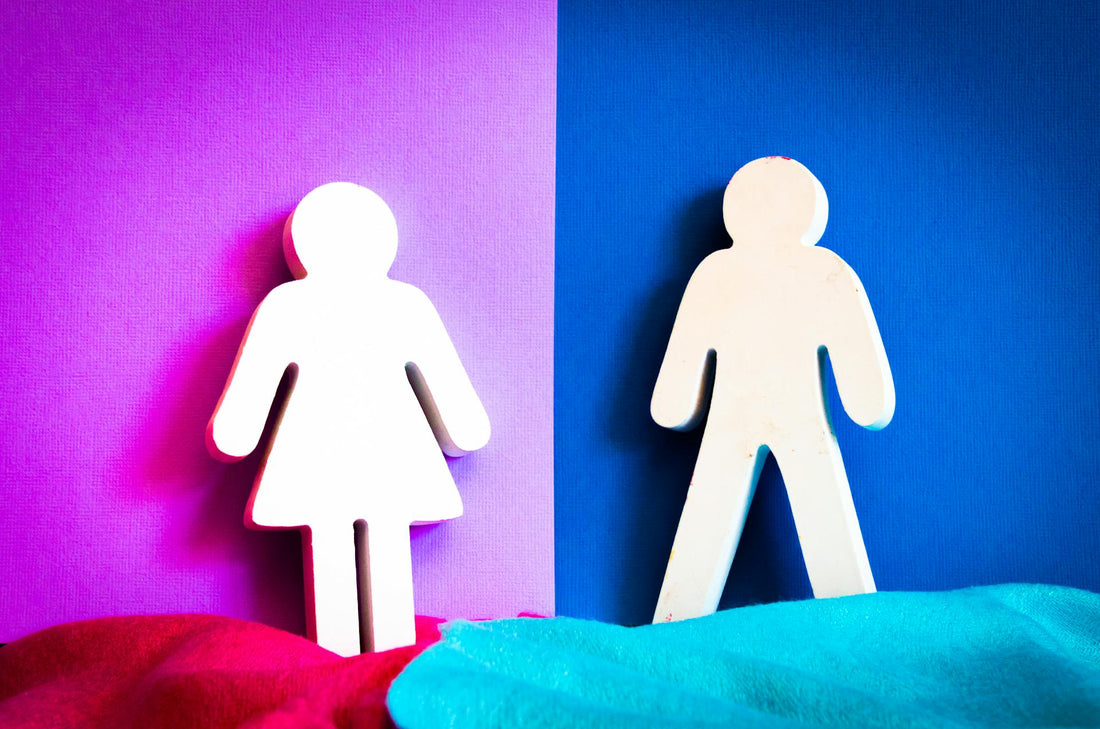
The Evolution of Gender Norms: A Historical Perspective
Share
Gender norms, the societal expectations placed on individuals based on their assigned sex, have shaped cultures, behaviors, and identities throughout history. While many believe these norms are fixed, they have evolved significantly over time, influenced by religion, politics, economics, and social movements. In this post, we’ll take a closer look at the history of gender norms, explore their origins, and examine how they continue to shape the world today.
Ancient Beginnings: Gender in Early Civilizations
In early hunter-gatherer societies, roles were often divided along biological lines—men typically hunted, while women gathered and cared for children. However, this division was more fluid than many assume. Research suggests that women also hunted and contributed equally to survival efforts in some societies, challenging the notion of rigid roles even in prehistoric timesons developed, gender roles became more defined. In ancient Mesopotamia, for example, patriarchal systems emerged, codified in legal texts such as the Code of Hammurabi, which emphasized male dominance in family and societal structures . Similarly, Anci celebrated male authority in both politics and culture, while relegating women to domestic roles, as seen in Aristotle’s writings that considered women inherently subordinate to men.
The Middle Ages: Gender Norms Shaped by Religion
During the medieval period, religion played a dominant role in shaping gender expectations. In Europe, Christian doctrine reinforced the idea of men as leaders and women as caretakers, with texts like the Bible often cited to justify these roles. The concept of “separate spheres” emerged, where men were associated with public life and women with private, domestic responsibilities.
However, even within these rigid structures, exceptions existed. Women like Joan of Arc defied norms, leading armies and influencing history. Similarly, in other parts of the world, matriarchal societies like the Minangkabau in Indonesia thrived, showcasing that gender norms were far from universal .
The Industrial Re Roles
The Industrial Revolution in the 18th and 19th centuries marked a turning point in gender norms. As economies shifted from agriculture to industry, men increasingly worked outside the home, while women were expected to manage the household. This period solidified the ideal of the “breadwinner husband” and “homemaker wife” in Western societies.
At the same time, women began to challenge these expectations. The early feminist movement, sparked by figures like Mary Wollstonecraft, called for women’s education and equal rights. By the late 19th and early 20th centuries, women’s suffrage movements gained momentum, pushing back against restrictive norms .
The 20th Century: Breaking Barriers h century brought significant challenges to traditional gender norms. Two world wars forced women into the workforce in unprecedented numbers, as men went off to fight. Rosie the Riveter became an enduring symbol of women’s capability in roles traditionally occupied by men.
The post-war era, however, sought to reimpose traditional roles. Advertisements and media of the 1950s in the United States idealized the nuclear family, with men as providers and women as homemakers.
The 1960s and 1970s saw another seismic shift with the rise of second-wave feminism. Activists like Gloria Steinem and bell hooks advocated for gender equality, reproductive rights, and the dismantling of systemic patriarchy. Simultaneously, the LGBTQ+ rights movement began to question the binary understanding of gender and sexuality, introducing more fluid perspectives on identity .
Contemporary Times: Fluidity and Intersectio understanding of gender norms continues to evolve. Movements like #MeToo, LGBTQ+ advocacy, and global feminist initiatives have brought attention to issues like workplace equality, gender-based violence, and representation in media and politics.
Gender is increasingly viewed as a spectrum rather than a binary construct. Nonbinary and gender-fluid identities challenge the traditional male-female dichotomy, offering new ways to think about self-expression and societal roles. The rise of terms like “toxic masculinity” has also spurred conversations about how rigid norms harm not only women but men as well .
Intersectionality—a term coined by scholar Kimberlé Crenshaw—has bral to these discussions. It highlights how factors like race, class, sexuality, and disability intersect with gender, shaping individual experiences in complex ways.
Why Understanding Gender Norms Matters
Exploring the history of gender norms is essential for understanding how they influence us today. These norms are not static; they are constructed by society and can be reconstructed as our understanding of equality and identity evolves.
Challenging traditional gender norms isn’t about erasing history or denying biology—it’s about creating a world where everyone can express themselves authentically without fear of judgment or discrimination.
Join the Conversation
At Gendefy, we’re committed to dismantling outdated norms and celebrating individuality. By learning about the history of gender roles and recognizing their impact, we can take steps toward a more inclusive and equitable future.
Let’s continue the dialogue. What are your thoughts on the evolution of gender norms? Share your perspective in the comments below or explore our Tools for Change blog to discover resources for challenging the status quo.
Are you ready to challenge gender norms and create change? Join the Gendefy movement today!
References
- Levy, J. (2019). Prehistoric Women as Hunters. Archaeology International.
- Fedigan, L. (1986). The Changing Role of Women in Models of Human Evolution. Annual Review of Anthropology.
- Hammurabi. (1754 BCE). The Code of Hammurabi.
- Stearns, P. N. (1998). Gender in World History. Routledge.
- Sanday, P. R. (1981). Female Power and Male Dominance: On the Origins of Sexual Inequality. Cambridge University Press.
- Wollstonecraft, M. (1792). A Vindication of the Rights of Woman.
- hooks, b. (2000). Feminism is for Everybody: Passionate Politics.
- Steinem, G. (1983). Outrageous Acts and Everyday Rebellions.
- Crenshaw, K. (1989). Demarginalizing the Intersection of Race and Sex. University of Chicago Legal Forum.



